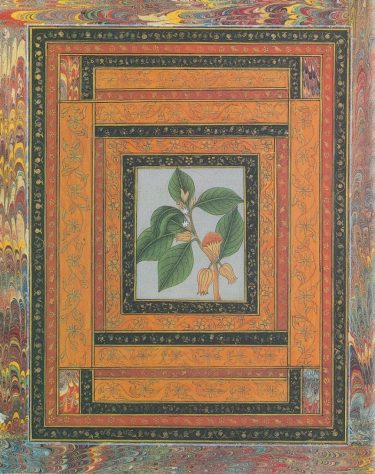What can you tell me about a plant called winter cherry? It is supposed to have medicinal properties.

That common name corresponds to Withania somnifera, a plant in the nightshade family (Solanaceae). It sometimes goes by the common name Indian ginseng, though it is not botanically related to the plant ginseng. It is well-known in India by the name ashvagandha (also spelled ashwagandha). According to Naveen Patnaik’s The Garden of Life: An Introduction to the Healing Plants of India (Doubleday, 1993), the root and leaves of the plant are used in Ayurvedic medicine for a wide range of conditions. (The fruit is not used, and is poisonous.) It is considered an adaptogen, i.e., useful in adapting to various kinds of stress. The Sanskrit and Hindi names refer to the odor of the root, said to smell like the sweat of horses.
As the Latin species name indicates, the plant contains substances (alkaloids) that can induce drowsiness. The plant’s names in Hebrew (Vitania m’shakeret) and Arabic (saykaran, samm al ferakh) also indicate its soporific or intoxicating properties. [Sources: Flora of Israel Online, and A Herbal of Iraq, edited by Shahina A. Ghazanfar and Chris J. Thorogood] In fact, it has been studied as a sleep aid.
According to the Iraqi herbal cited above, human uses of Withania somnifera go as far back as ancient Egypt. Fruiting branches were found in the floral burial collar of Tutankhamun. Here is the Metropolitan Museum’s description of the object: “Among the most remarkable objects found in KV 54 are three astonishingly well preserved collars of plant leaves, berries, and flowers. The color scheme was derived from alternating rows of olive leaves with the silvery undersides showing and olive leaves with the dark green upper sides showing, orange-red berries of Withania somnifera, blue cornflowers, and tiny blue faience beads, as well as yellow flowers of oxtongue (Picris asplenoides).”